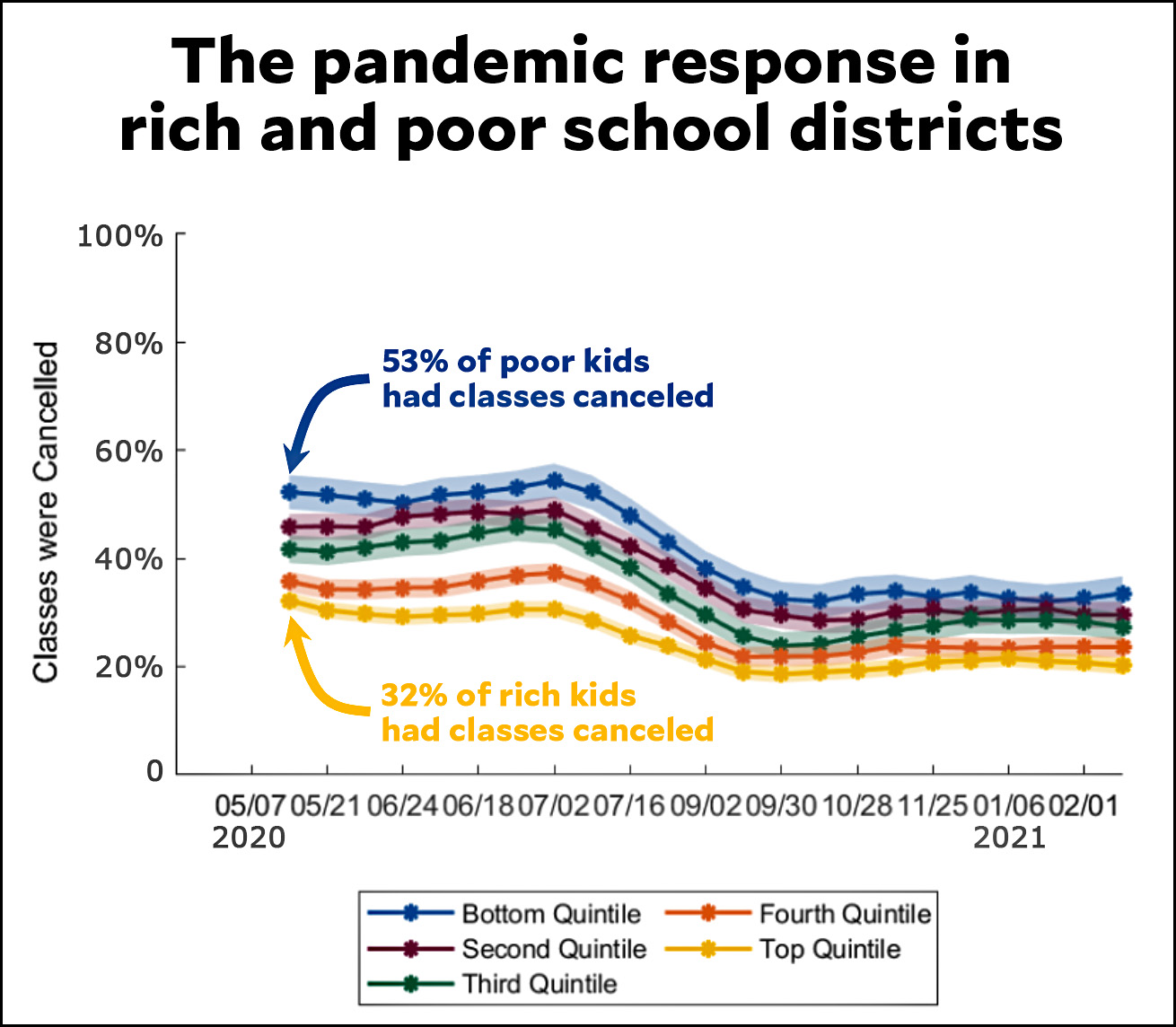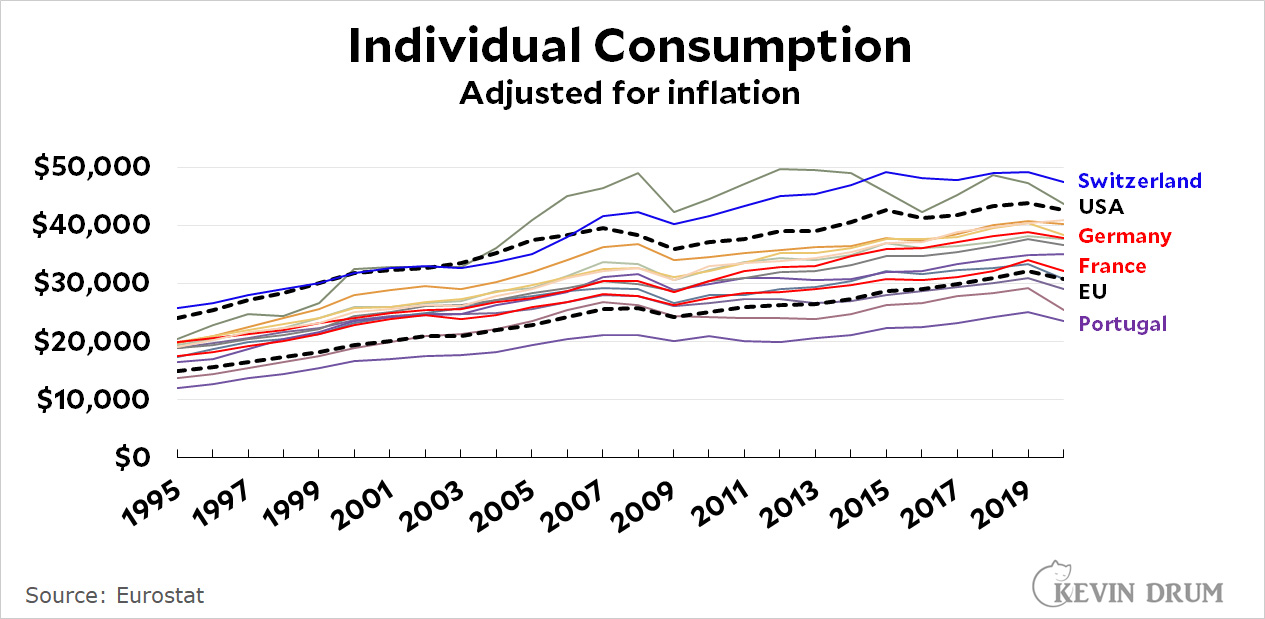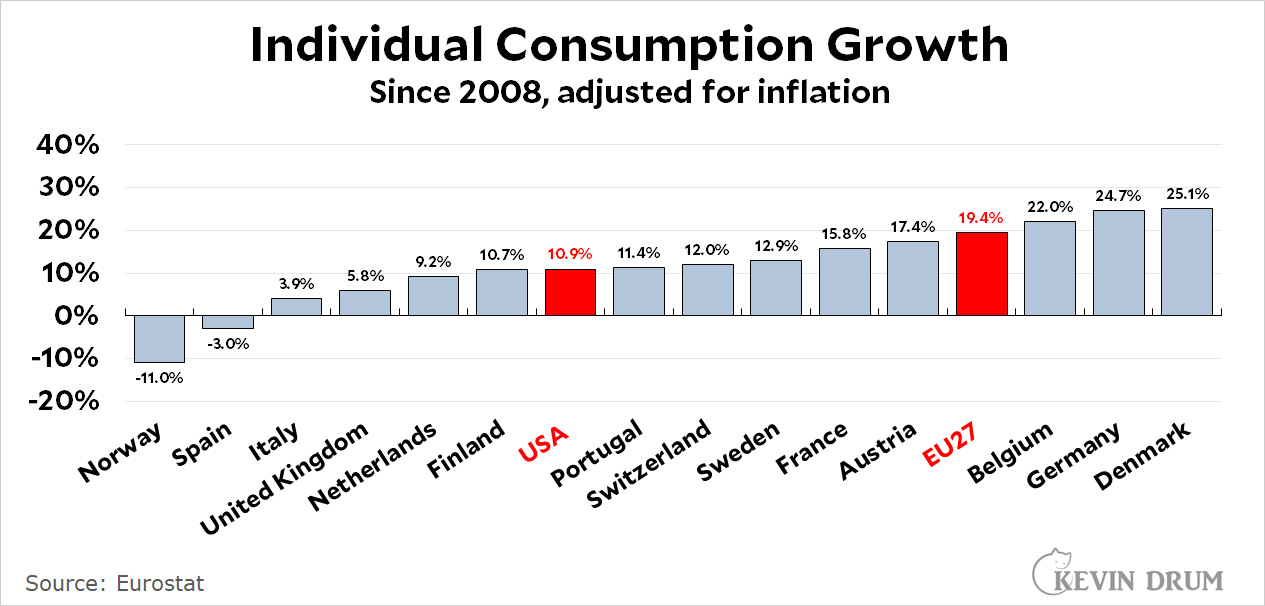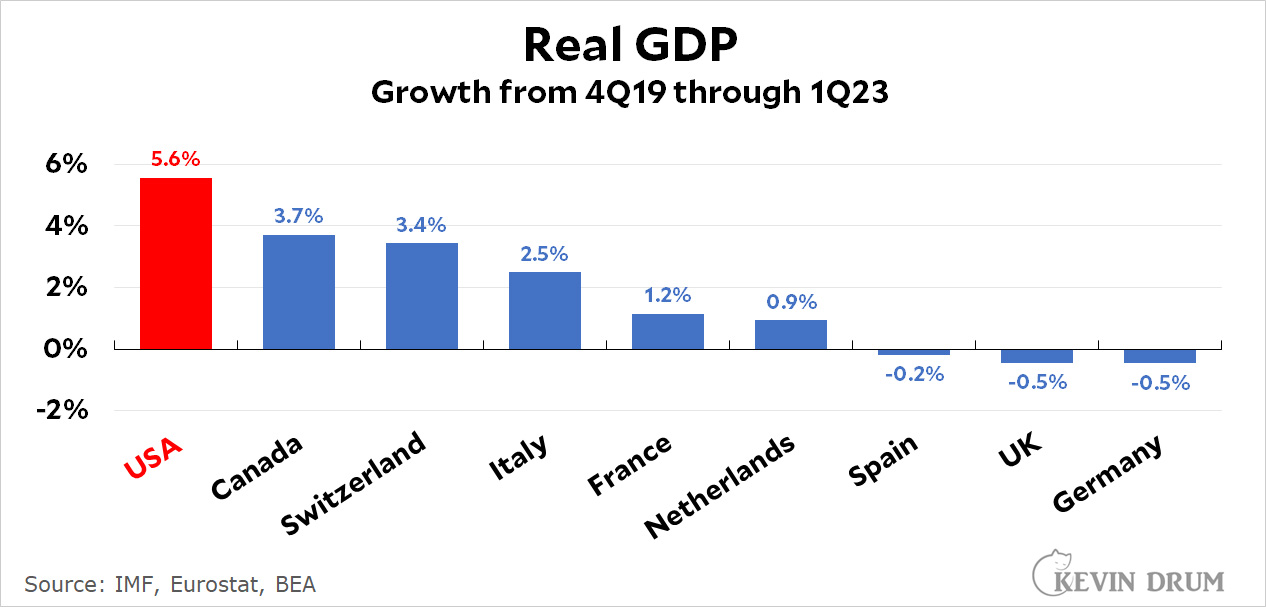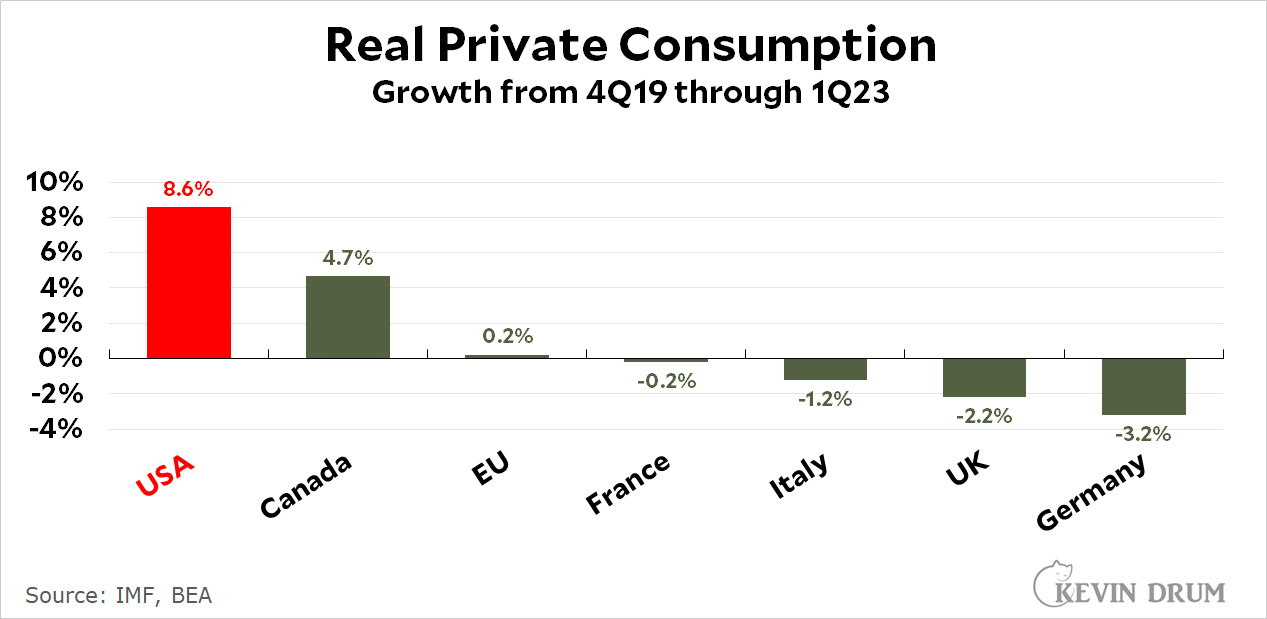Donald Trump wants Fulton County District Attorney Fani Willis tossed off the investigation of Trump's attempt to change the presidential vote in Georgia. He also wants to quash the grand jury report into his actions. He has precisely no good argument to make in either case, but he nevertheless went straight to the state Supreme Court to get it done. It was typical Trump legal overreach, and even though eight of the nine justices are Republicans they were still annoyed by Trump's obvious attempt at an end run around the Superior Court. So they unanimously told him to fuck off with extreme prejudice:
The Court has made clear that a petitioner cannot invoke this Court’s original jurisdiction as a way to circumvent the ordinary channels for obtaining the relief he seeks without making some showing that he is being prevented fair access to those ordinary channels. Petitioner’s claim fails in the light of that precedent; he makes no showing that he has been prevented fair access to the ordinary channels.
....With regard to Petitioner’s request to disqualify Willis from representing any party in any and all proceedings involving him, we note only that Petitioner has not presented in his original petition either the facts or the law necessary to mandate Willis’s disqualification by this Court at this time on this record.
Too bad, Donald. Willis is going to indict you and then you'll have three separate court cases to fight—one for corporate corruption, one for national security violations, and one for election fraud. And maybe even a fourth for inciting the January 6 insurrection. That's quite the variety pack. It's not going to be pretty, but then, you should have thought of that before breaking the law so much. Now it's finally catching up.

